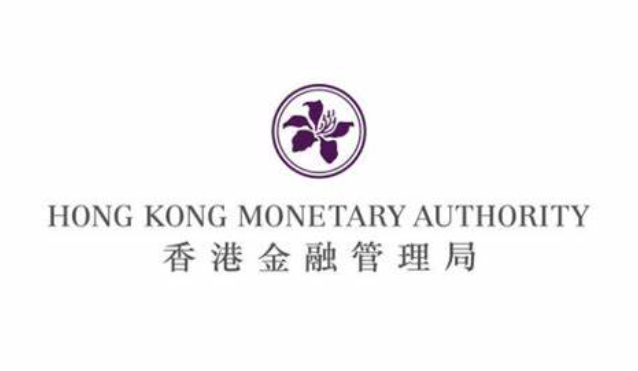Experts see room for more lending rate cuts
The recent cuts to deposit rates effected by some Chinese commercial banks have increased room for the country's benchmark lending rates to decline in the coming months and give more support to the economy, experts said on Wednesday.
Their comments came in as the People's Bank of China, the country's central bank, underlined the space for further monetary policy actions in an article on Tuesday, saying the nation's current level of interest rates is "reasonable".
Some commercial banks had reduced deposit rates this month, the article said, marking the first time for many of them to adjust deposit rates across the board since late 2015.
The central bank said it considered the rate cuts as proactive moves by lenders concerned to reduce their funding costs. The cuts, the PBOC article noted, mark a significant step in the market-oriented reforms of deposit rates.
China's four largest State-owned commercial banks by assets, also known as the Big Four, cut their deposit rates for various maturities last week, with some smaller banks following suit.
Dong Qi, chief macroeconomic analyst at Guotai Junan Securities, said the deposit rate cuts are a result of the cut in loan prime rates-the benchmark lending rates formed based on quoting banks' lending rates to their highest quality customers-in August and can help promote further declines in the LPRs while bolstering credit expansion.
The country's one-year LPR declined by five basis points to 3.65 percent in August while the over-five-year LPR dropped more sharply by 15 basis points to 4.3 percent. The rates stood unchanged with the August readings on Tuesday.
These rate drops across the board have prompted banks to lower their deposit rates as the PBOC guided banks to form a market-based adjustment mechanism for deposit rates in April, which requires banks to adjust their deposit rates according to government bond yields and market lending rates, represented by the one-year LPR.
Dong said the reduction in deposit rates can help reduce the cost of funds for banks and thus help them charge lower lending rates, enlarging the room for further decreases in the LPRs.
With the space offered by lowering deposit rates and given the need to consolidate recovery in domestic demand, the latest article by the PBOC appears to indicate that the central bank would be willing to further tamp down lending rates in the coming months, experts said.
The article also said the PBOC will bring the effects of LPR reform into better play, improve the regulation of deposit rates and fully leverage the important role of the market-based adjustment mechanisms for deposit rates.
It added that China's lending rates are roughly between 4 percent and 5 percent, while time deposit rates are between 1 percent and 2 percent.
With that, the country's real interest rates-subtracting the impact of inflation-are slightly lower than real potential economic growth and are, therefore, relatively reasonable, leaving room for future policy moves, the article said.
Wen Bin, chief economist at China Minsheng Bank, said the over-five-year LPR may decline further in the fourth quarter, due to the need to lower financing costs to boost investment in infrastructure and manufacturing, and stabilize the property sector.
Given that deposit rate cuts still lag lending rate cuts, it could be sensible for the PBOC to reduce the required reserves of banks further and reform the deposit rate system, in order to push down funding costs of banks and encourage them to quote lower lending rates, Wen said.




















































First, please LoginComment After ~